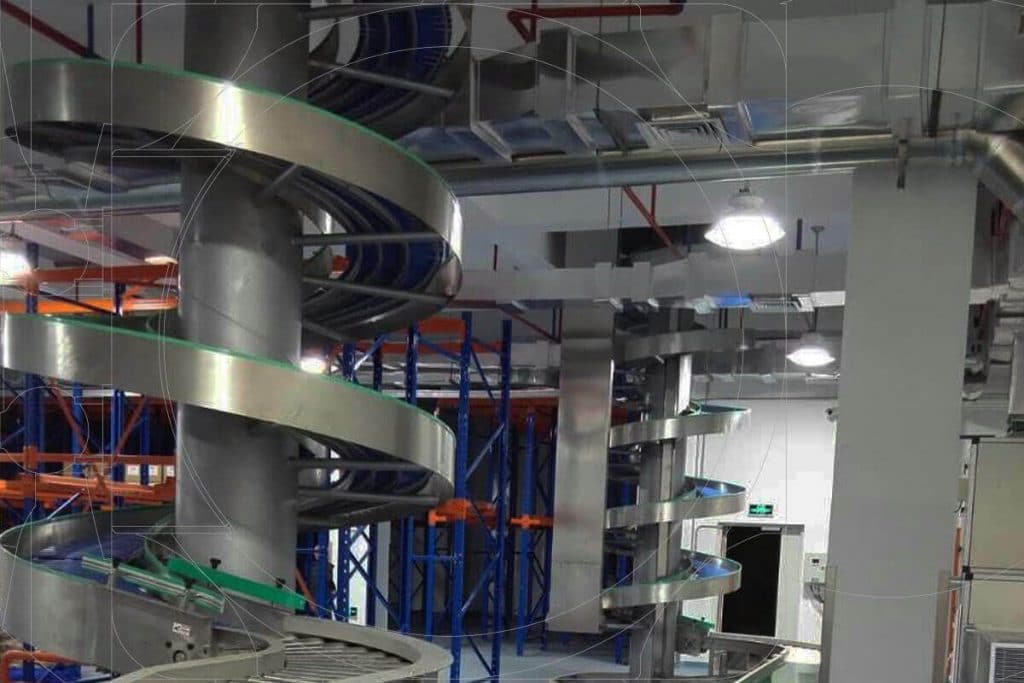Industrial Conveyor Systems Integration
Industrial conveyor systems provide increased throughput, more efficient product handling, and maximum support for operational processes. Modular and tailored to your business needs, conveyors can be leveraged to create efficiencies throughout your distribution center or production facility.
Conveyors are highly popular in the manufacturing and packaging industries as well as production plants and with the amount of demand for these products going up, the systems excel at allowing businesses to meet consumer demand and for that reason are more in need in a manufacturing process than ever.
DNC Automation design, build and integrate different type of conveyors with PLC control system and industry robot based on industries need as a total solution. There’s a list below outlining the different types of conveyor systems that are available.



